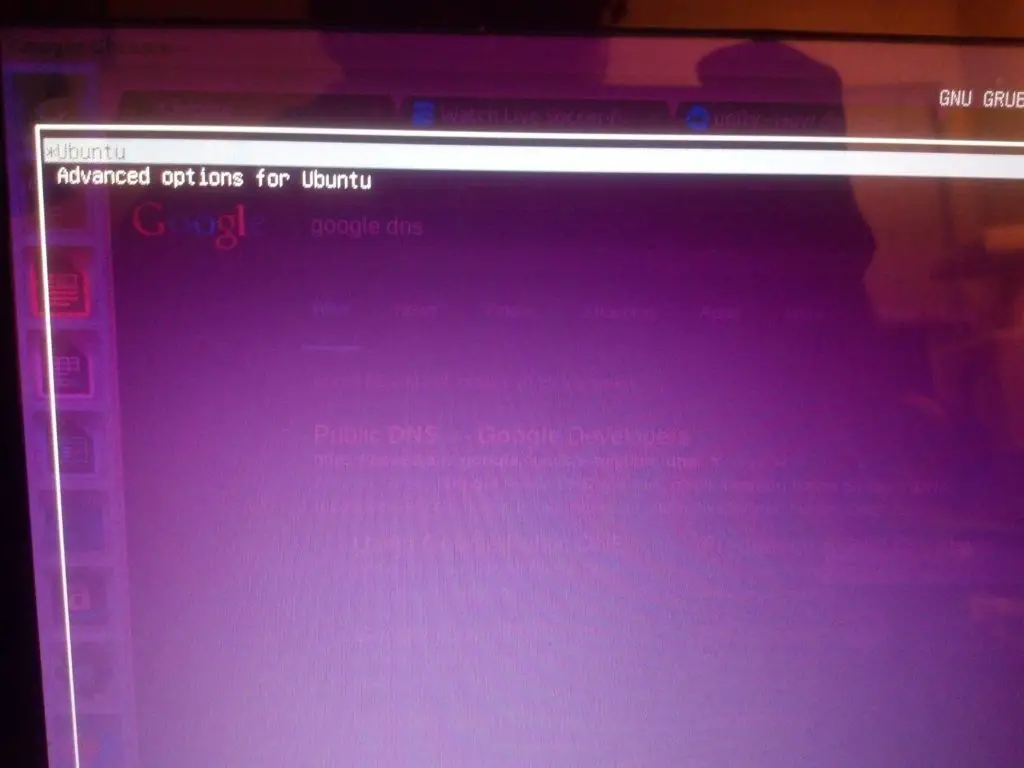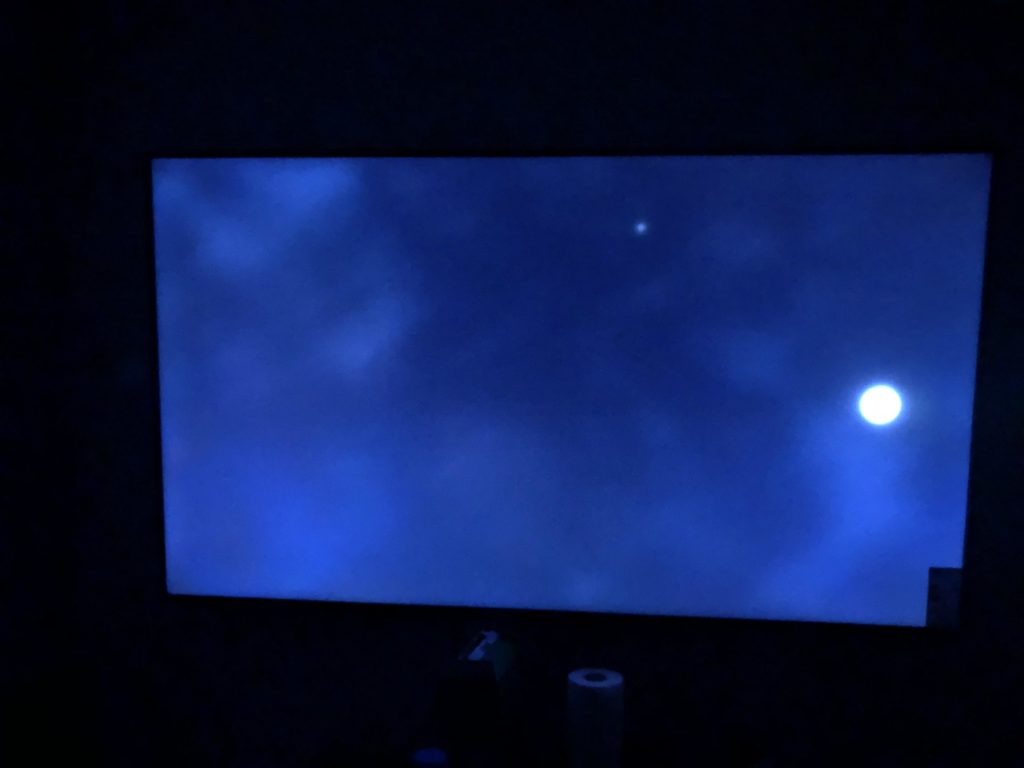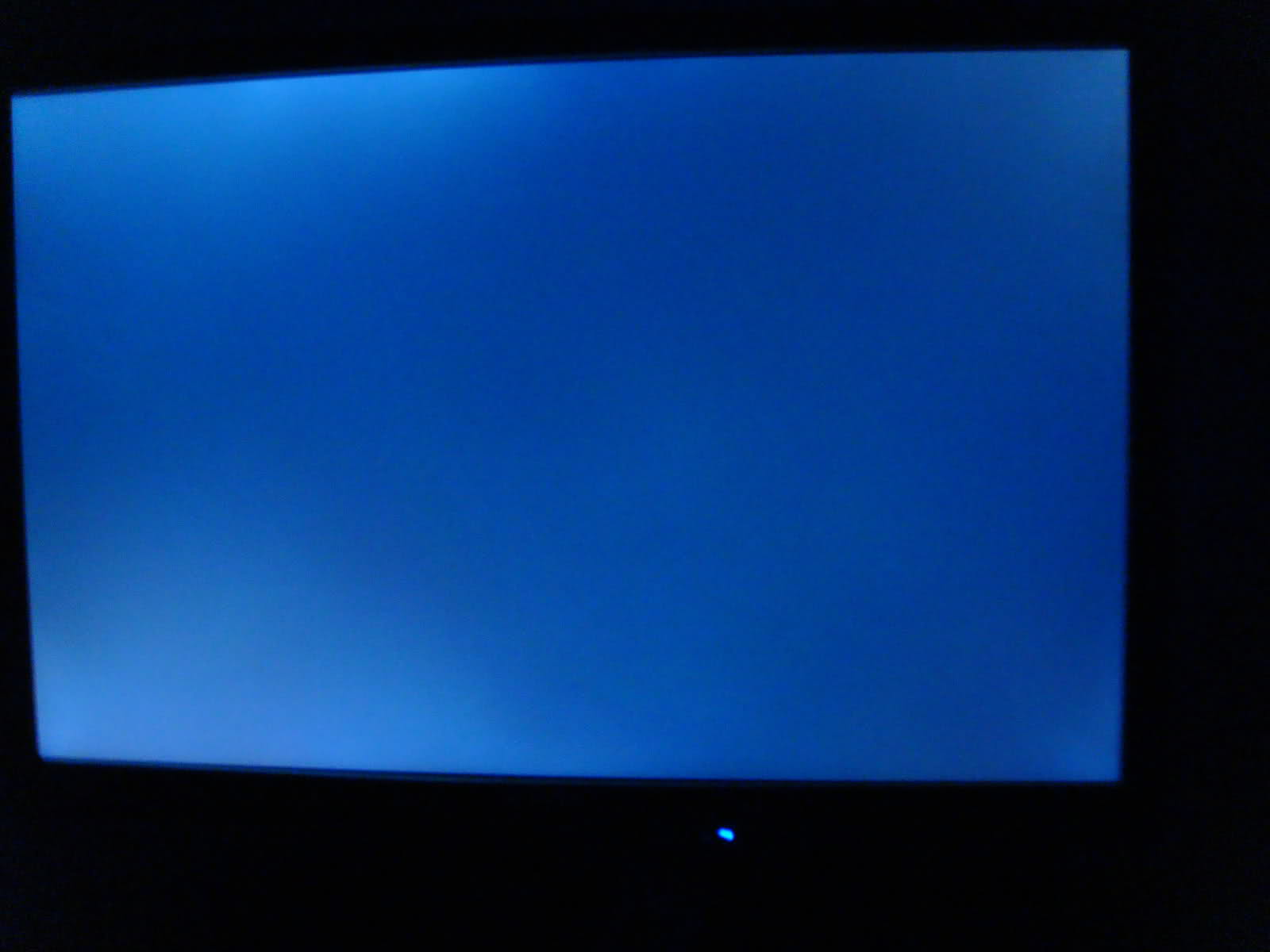In a Liquid Crystal Display (LCD), there is an LED backlight through which the light passes through the panel. When the light does not get entirely blocked, it results in leaking of the light around the edges. This leak is called Backlight Bleeding.
The problem of backlight bleeding is prevalent due to the technology behind it. Most people don’t even notice it since it is not visible when your monitor or TV displays bright light. To test it, you need to display a perfectly black image. To check whether your LCD screen shows signs of backlight bleeding, you can click here.
Table of Contents
How to Fix Backlight Bleeding
Note: Before trying anything yourself, contact your TV or monitor manufacturer. If your product is new and comes under warranty, chances are, they will replace it for you. However, before you start fixing your screen, you need it to identify whether it is really backlight bleeding or something else.
Making Sure it’s Backlight Bleeding
1. IPS Glow

IPS monitors often have something called IPS glow where the light comes from the corners of the screen. This is partly because of how IPS technology works. The main difference between IPS glow and backlight bleeding is that IPS glow is visible around the corners, while backlight bleeding is visible around the edges. Also, the intensity of the light is constant when it comes to backlight bleeding, but it moves up and down when you’re viewing your screen from different angles in the case of IPS glow. This is not a defect; it’s just how IPS works. Better quality IPS displays do not have a great IPS glow problem.
2. Screen Burn-in

Screen burn-in happens when your monitor displays a static image for too long. Because of this, your screen might show the same image even after viewing something else on your monitor. This is because the monitor loses its luminance after displaying that image for such a long time. You can perhaps see this with the menu bar that is always on or a logo. The best way to prevent this is to turn on the screensaver or turn off the display when not in use.
3. Clouding

Clouding is an effect that often happens with old monitors. The clouding of a display essentially occurs when the monitor starts displaying cloudy spots of light in different areas. It happens because of the pressure that has been exerted on the monitor for such a long period. This can be prevented by not tapping or touching the display unnecessarily (unless it’s a touchscreen, of course).
If your monitor doesn’t show any signs of the above problems, it could indeed be backlight bleeding. Here are some things you can try out yourselves.
Fixing your monitor

These methods are somewhat unconventional. So try them at your own risk.
- Loosen the screws – Sometimes, backlight bleeding or clouding might occur due to pressure being exerted from the screws being too tight. Slightly loosen the screws around the monitor and check if the problem persists or not.
- Using a microfibre cloth – Apply electric tape across the edges of your monitor, and with a microfibre cloth, gently rub the areas where backlight bleeding occurs in a clockwise direction.
- Twist the display slightly – Twisting the display slightly might help eliminate any unwanted tension that could cause backlight bleeding.
- Adjust Brightness – If none of the above methods work for you, you can slightly adjust and reduce the picture settings on your monitor so that the backlight bleeding effect is minimal.
These methods are not guaranteed to eliminate backlight bleeding but will undoubtedly help you to curtail existing damage to the screen.
How to Prevent Backlight Bleeding
Backlight bleeding might occur in any display that has a backlight. So to eliminate the risk of backlight bleeding, you would have to purchase an OLED display. OLED displays have individually lit pixels and do not need a backlight. But these are costlier than LCD LED displays. Which monitor you want also depends upon the type of work you’ll be doing on your computer and why do you need the monitor for.
However, better quality monitors have fewer chances of having issues like these. So before making any purchase, read the reviews and make sure you are buying good quality and reputed monitors.

Leave a Reply